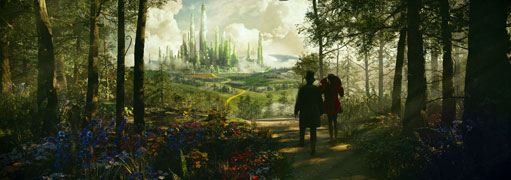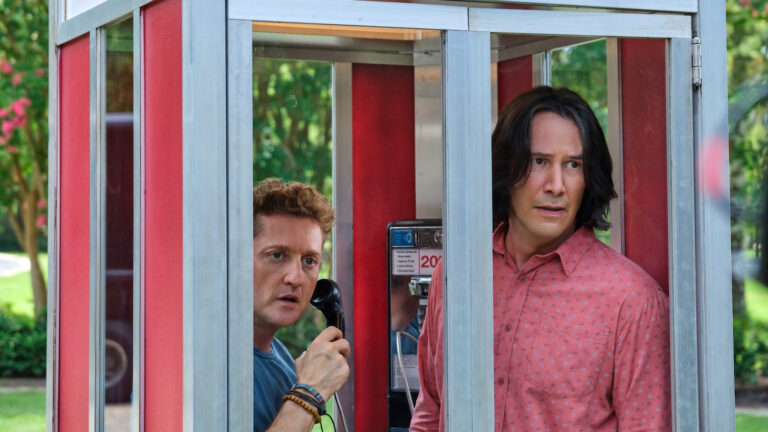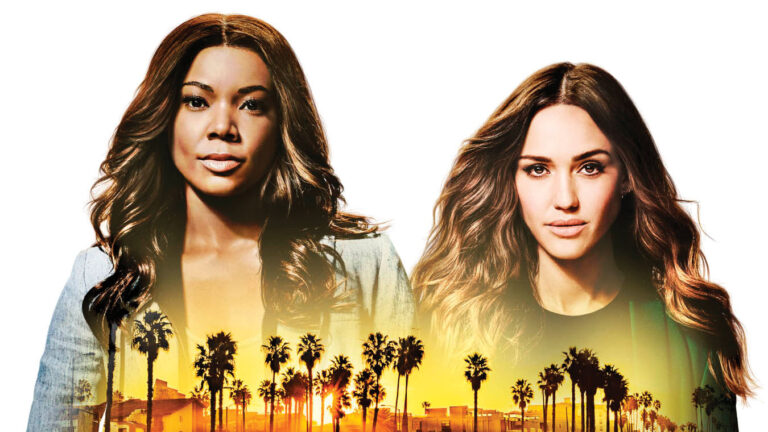Film Review: James Franco Books A Return Trip To Oz In Sam Raimi’s Fantasy Prequel Oz The Great And Powerful
James Franco Books A Return Trip To Oz In Sam Raimi’s Fantasy Prequel


he’s also playing the monkey.

As long as nobody starts singing


